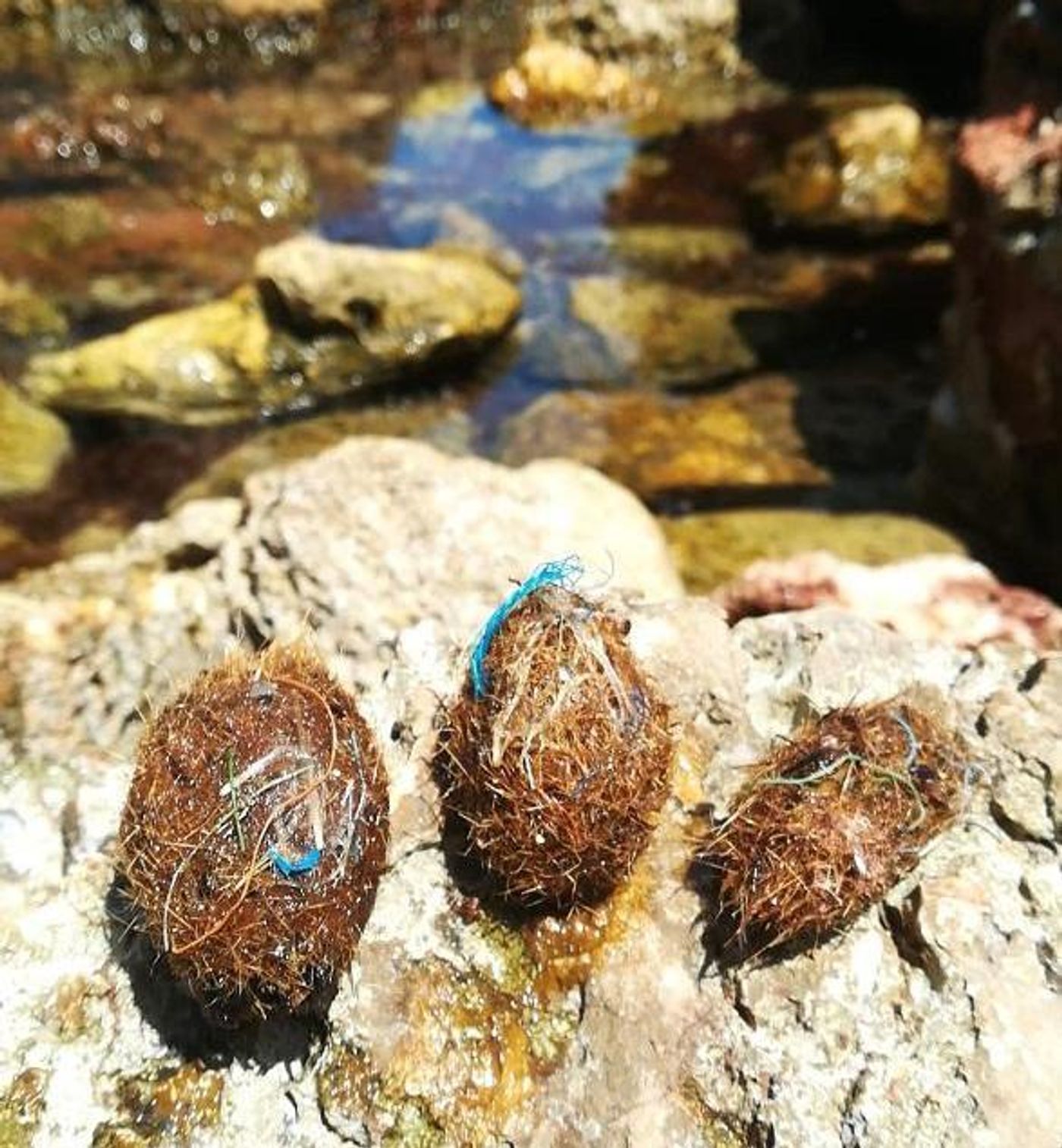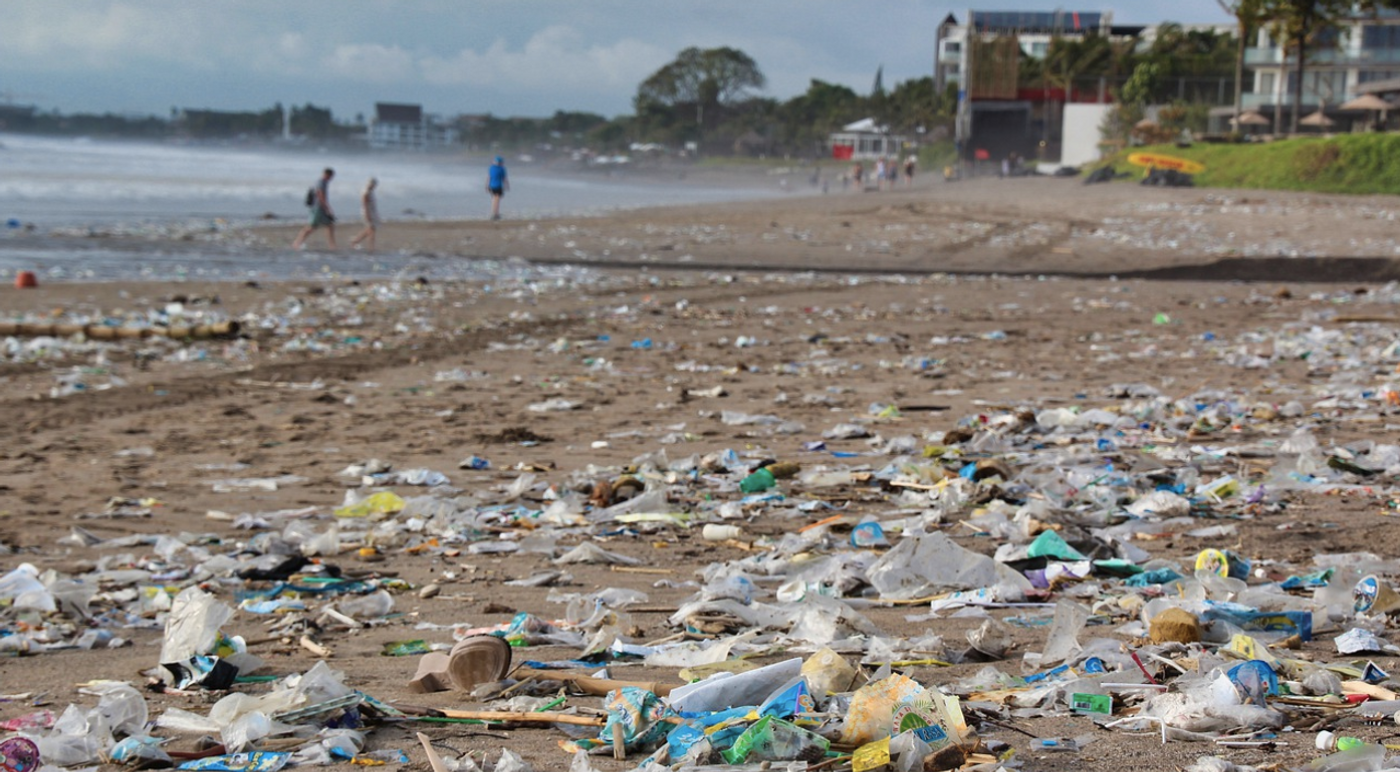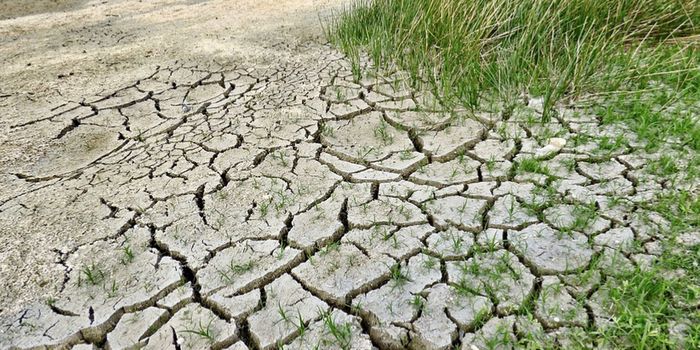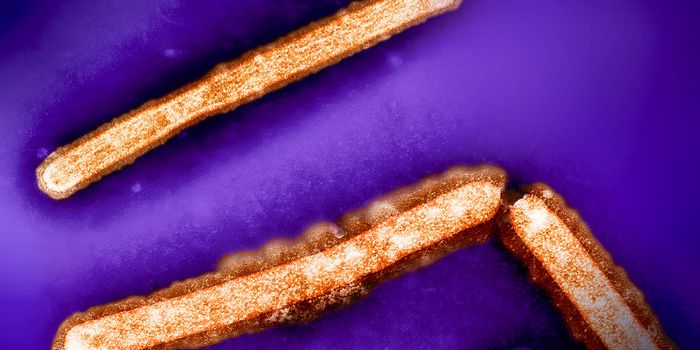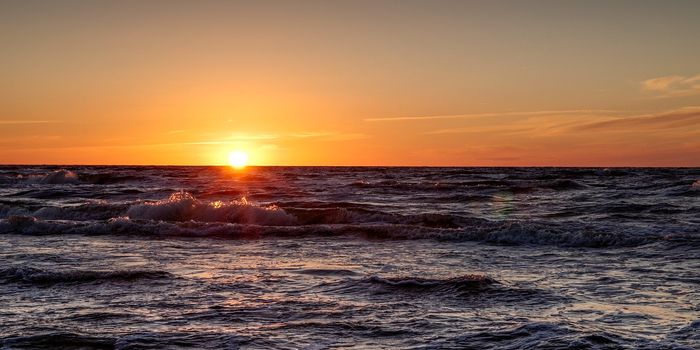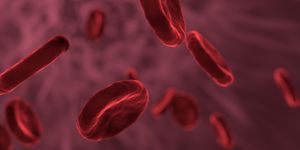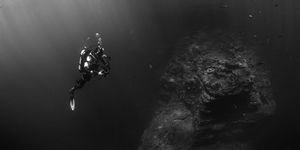How Seagrasses Can Remove Plastic From the Ocean
Plastic pollution in the ocean is a major problem, from the Great Pacific Garbage Patch to the microplastics that have been found in marine environments all over the planet, even the Arctic. While stopping plastic from reaching the ocean should still be a priority, scientists have identified a type of seagrass that can remove plastics from the ocean. The marine plant classified as a phanerogam and called Posidonia oceanica seagrass (also known as Neptune grass) can act as a filter that takes plastic out of its marine habitats. Scientists have learned how they do it, and the findings have been published in Scientific Reports.
Posidonia oceanica seagrass generates dense prairies that can act as habitats for marine life. In this work, the researchers focused on Posidonia prairies growing off the coast of Majorca.
"Everything suggests that plastics are trapped in the Posidonia seagrass. In the grasslands, the plastics are incorporated to agglomerates of natural fiber with a ball shape - aegagropila or Posidonia Neptune balls - which are expulsed from the marine environment during storms," explained the first study author Anna Sànchez-Vidal, a lecturer at the Department of Ocean and Earth Dynamics at the University of Barcelona (UB).
"According to the analyses, the trapped microplastics in the prairies of the Posidonia oceanica are mainly filaments, fibers, and fragments of polymers which are denser than the seawater such as polyethylene terephthalate (PET).
Posidonia has a modified stem that gives rise to a structure that is shaped like a rhizome, a horizontal plant that grows underground. Roots and leaves grow from the rhizome, and when the leaves fall off, they get added to the rhizome, which gives it a feathered appearance. Posidonina Neptune balls are generated in this way.
"As a result of the mechanical erosion in the marine environment, those pods under the seafloors are progressively releasing lignocellulosic fibers which are slowly added and intertwined until they make agglomerates in a ball-shape, known as aegagropilae. Aegagropilae are expulsed from prairies during periods of strong waves and a certain part ends up in the beaches," added Professor Javier Romero of the Department of Evolutionary Biology, Ecology and Environmental Sciences and the Biodiversity Research Institute (IRBio) at UB.
When Posidonia aegagropilae are released from the prairies and end up on the beach, it's thought that about 1,470 bits of plastic are taken out of the ocean for every kilogram of aegagropilae that goes onto the beach.
"We cannot completely know the magnitude of this plastic export to the land. However, first estimations reveal that Posidonia balls could catch up to 867 million plastics per year," said Sànchez-Vidal.
Since being created in the 1950s, plastics have reached have left nothing untouched. The sea now acts as a sink for plastic, and plastics have entered the food chain.
"The plastics we find floating in the sea are only a small percentage of everything we have thrown onto the marine environment," added Sànchez-Vidal.
Sources: AAAS/Eurekalert! via University of Barcelona, Scientific Reports
-
APR 30, 2024Immuno-Oncology Virtual Event Series 2024
-
MAY 07, 20243rd International Biosecurity Virtual Symposium
-
JUN 06, 2024The Future of Scientific Conferencing
- See More
